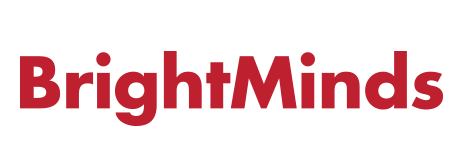Employers should not be apprehensive about creating a work environment and culture consisting of different age groups. It is important to adopt an open mindset when embarking on hiring practices.
As we all know, Singapore’s only natural resource is her human capital. Our nation thus depends very much on a successful workforce. However, as the population ages and new workers begin their careers, the dynamics that have been powering the workforce is changing.
Millennials (generally accepted as those being born after 1980) currently make up 36 per cent of the workforce, and this is set to reach 75 per cent by 2025. It is a natural cycle – the older ones retire and younger ones take over their roles; but it may take some readjustment in the office to be able to work with these usually ambitious Millennials. This is posed to be such a quandary that a survey by Oxford Economics last year identified Millennials entering the workforce as a labour market shift that will affect workforce strategy.
Working styles of the Millennials
But are we justified in our misgivings about working with the Millennials? Apart from the physical advantages that come with youth, they also bring to the table traits which can make an impact on the organisation positively. These young workers, having been brought up in a society and education system which places emphasis on results and efficiency, begin their careers with the same emphasis in mind. What this means is that they are go-getters, often ambitious and opinionated, much to the ire of older workers who are the opposites. This difference in working styles could lead to a misunderstanding in the workplace if not kept in check.
Thus, as younger workers join the workforce, companies need to start understanding that their talent management practices and policies will need to evolve. Workforce data and analytics will be critical in enabling HR managers to track, manage and assess recruitment, demographics, staffing, training, skill sets and incentives. Despite the supposed "generation gap" that sometimes leads to differing views and potential conflict, organisations should learn to capitalise on the assets of each generation to achieve competitive advantage.
Adopting practices to support a multi-generational workforce
At CareerBuilder Singapore, our staff strength is made up people of all ages. One of the ways we are actively bringing the different age groups together is through education. This sees managers educating their employees on ways to fill the gaps in aspects of work where they fall short, and seeing these aspects as potential for growth and not as weakness.
We also practice openness in the office, and this has helped to form a friendly setting especially useful when we broach topics such as how to manage communication differences between the different generations. In line with team-building, we ensure that staff outings take place regularly and everyone is encouraged to build rapport not just with their contemporaries, but with co-workers who are older or younger.
We also understand that senior management representatives are regarded as role models in the company. This understanding indirectly helps us foster a successful multi-generational workforce. We believe that by working well with staff regardless of their age, we are proactively setting a good example. We also ensure that the benefits received are equal for all, and that everyone has a chance at receiving a promotion.
Another way to drive productivity while being mindful of generational differences is to adopt a flexible, creative mindset. For example, an organisation can establish multiple incentive programmes tailored to the company's various generations. Different incentives work for different generations – for example, a younger worker may prefer an incentive trip while an older worker may prefer a cash bonus.
Advantages of a multi-generational workforce
It may seem an uphill task to manage a multi-generational workforce, but the advantages will prove to warrant the challenges involved. It benefits the organisation by leveraging the myriad skills and talent across the different age groups. For example, young employees have a good grasp on technology, and are comfortable with making digital or social mediums work to the company’s advantage. Mature professionals on the other hand, have amassed interpersonal skills that can only result from years of experience. Hence, they have the upper-hand when it comes to traditional face-to-face communication.
In conclusion, one should not be apprehensive about creating a working environment and culture consisting of different age groups. This diverse range of skills sets can only be tapped upon in a company with a multi-generational demographic, and we encourage employers to adopt an open mindset when hiring.





